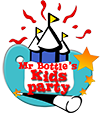We participate occasionally in a kids’ roadshow to showcase our products or services to a targeted audience of families and children. However, to ensure a successful outcome of the roadshow and maximize return on investment (ROI), strategic planning and execution are paramount.
To put it bluntly, every dollar you invest should translate to double or more. Though, our services like balloon sculpting, facepainting or even bouncy castles can attract crowds, is it enough to help you translate them into sales?
In this blog post, we will explore a case study of exhibiting at the Not So Little Fair and delve into effective strategies for maximizing ROI at kids’ fairs.
Case Study: Not So Little Fair Experience from an Exhibitor’s Perspective
Mr Bottle’s Kids Party recently participated in the Not So Little Fair, to connect with families and showcase our offerings. Here’s how we strategically approached the event to maximize our ROI.

1. Set your objectives
We researched the target audience attending the fair, gaining insights into their demographics, preferences, and purchasing behaviours.
We know that it is nearly impossible to sell our birthday packages outright on the spot like so. Hence, we have 3 main objectives:
- let people know about Mr Bottle’s Kids Party – Leave everyone who passes by our booth a brochure so they know about our brand and what we do.
- Introduce our latest service, which is our choosing ceremony 抓周, since we are the only one in Singapore who does this.
- Data collection – We know that most parents organise their party only 1-2 months before the party, hence by the time the fair is over, they may not remember us. We need to follow up with them proactively.
Utilizing this information, we tailored our booth setup, product displays, and promotional materials to resonate with the interests and needs of families and children.
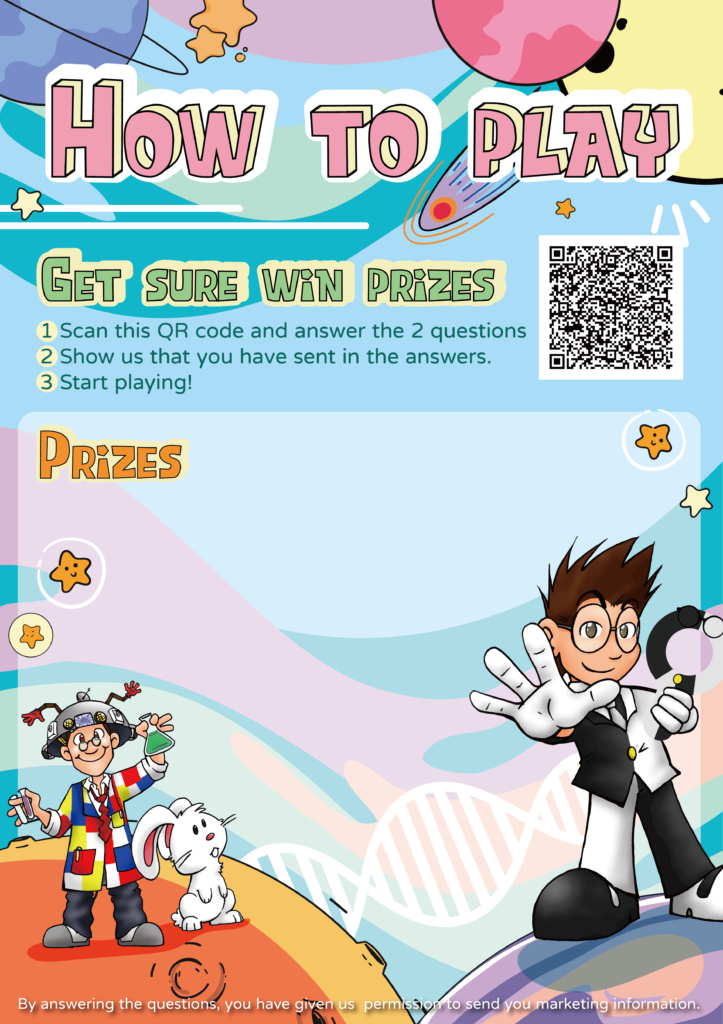
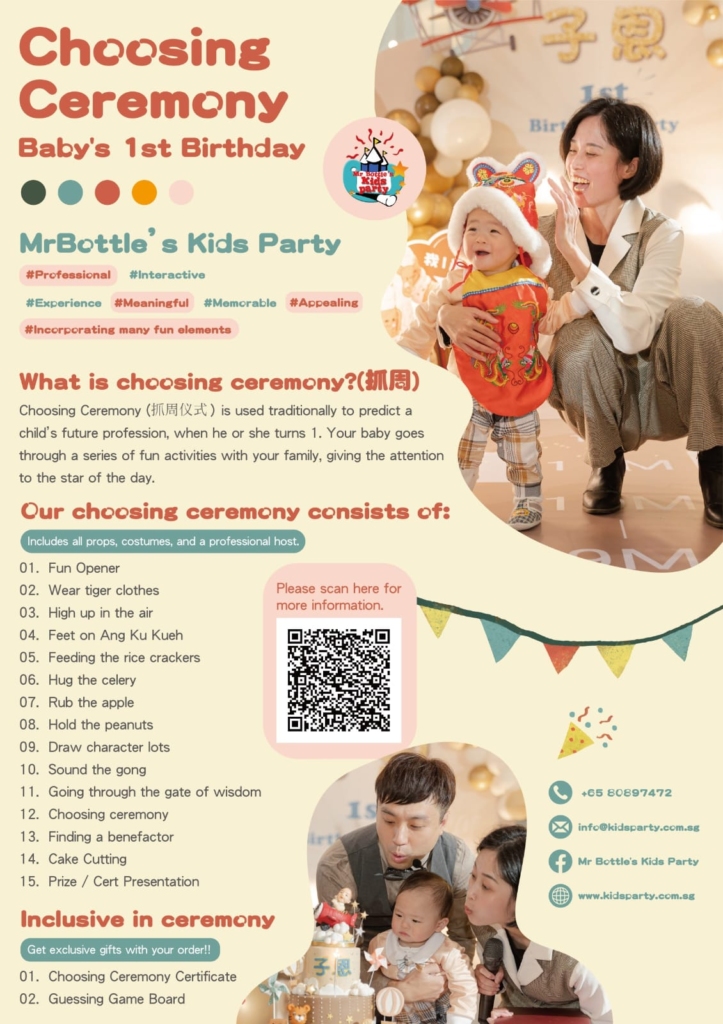
2. Engaging Booth Design:
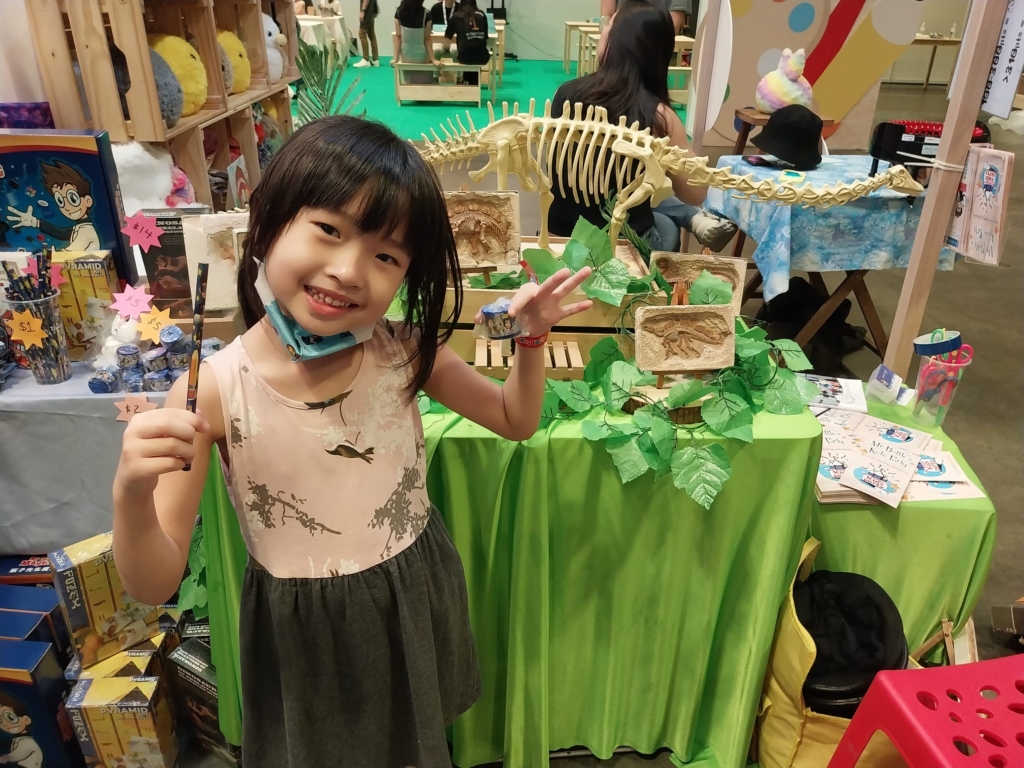
Since we are a party organiser and we know our strengths. We knew that there was another party planner that specialises in decorations at the fair. Rather than competing head-on, we decided to stand out by showcasing our activities, which are unique to us.
We incorporated elements such as play areas, craft station, and demonstration stations to attract visitors and encourage prolonged engagement with our brand.
3. Be Clear
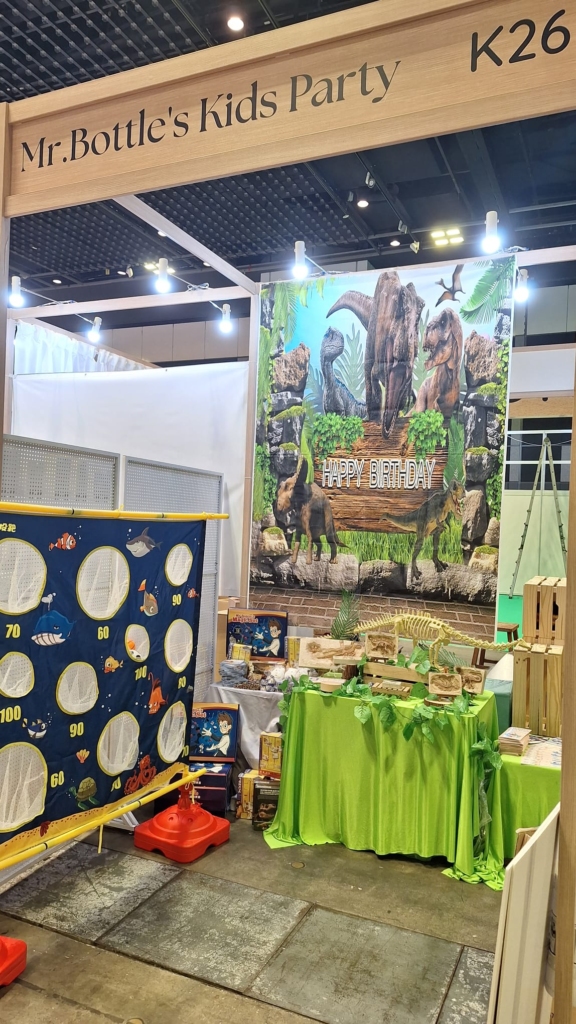
Put out your advertisement slogan and your promotion. Having an emcee to announce your promotion is useful especially since you have a huge space for your roadshow.
However, in this case, ours is just a small booth hence impractical to fight for attention with other performances or the bouncy castles. We printed A1 signages so passers-by know what to do, and what we offer if they pass by our booth.
My neighbour at the Not-so-little fair, Tiny Rabbit Hole, challenged customers to stack 3 of their crochet soft toys on top of each other for a 10% discount. It was brilliant!
However, this “promotion” wasn’t clear initially! I asked them what they were selling; the workshop or the crochet. They immediately bought some blank signs and wrote down their offerings. This helped them define their position and attracted some crowd.
4. Hands-on experience

If you have a superior product that sells immediately after the demonstration, let people try it.
We had audience telling us that Mr Bottle’s magic is at “another level”, so we know that Mr Bottle’s magic show sells once people see it. However, we also understand that he cannot be there most of the time, hence we decided on a process which is easier for our staff to run automatically, instead of relying on 1 person.
Instead, we worked with the organiser to run a magic workshop at the fun factory, hence capturing a captive crowd who are interested in our workshops.
Our team was actively present at the booth, engaging attendees in friendly conversations and answering any questions they had.
We encouraged hands-on exploration of our products, allowing children to interact with them firsthand while parents observed their educational and developmental benefits.
5. Don’t sell your services or products!
“What?!” It may seem counterintuitive. Of course, your objective may be to sell your services or products. Selling emotions and fun usually translates to more sales!
Yes, of course, people are always attracted to exclusive discounts, bundle deals, and giveaways for attendees. However, people don’t want cheap things, they just want to feel they got it cheap. Let me give you a few examples:
a. Engaging Games
One of our strengths is to conceptualise and design a game based on your product. If you are at a fair where there are many competitors, you have to stand out. You don’t want to fall into a prisoner’s dilemma, only to compete on price.
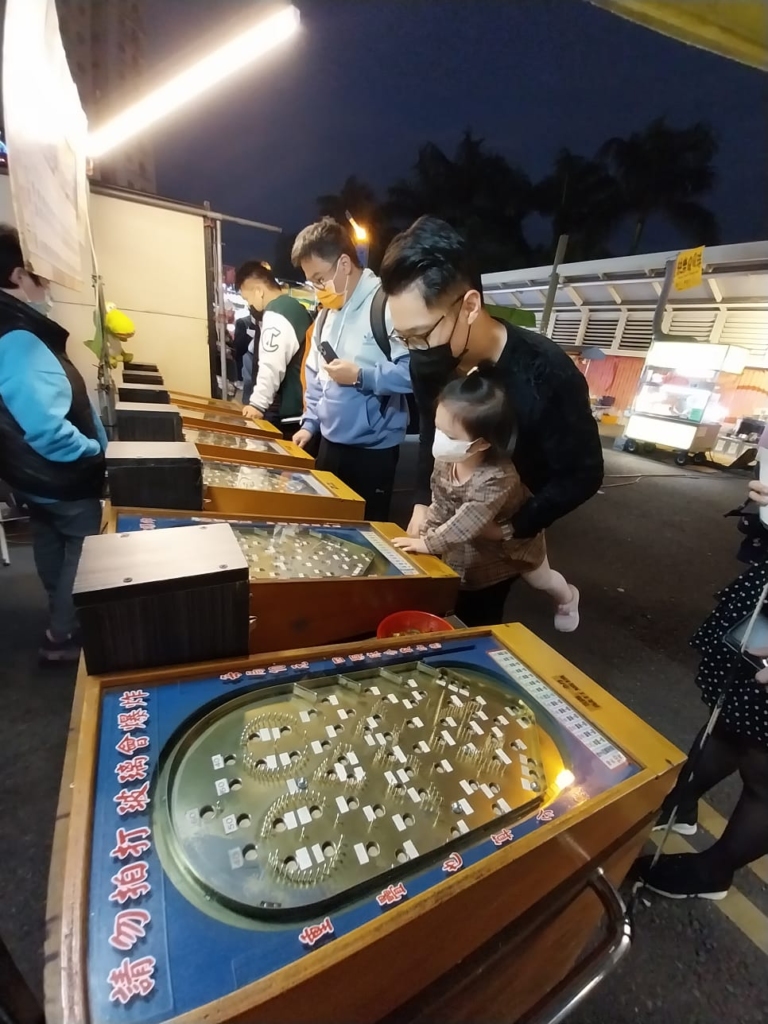
Design a game that is achievable and may even look easy, hence more likely to attract a crowd. On the other hand, it must be challenging enough, if not, you end up losing money or people may not give much value to your product anymore.
Most carnival games are built this way, and we can customise one to fit your product. It can be something simple like a probability ball game and a pinball machine. Here’s an example:
- Shoes seller – Instead of just giving an outright discount, you can have a game in which customers have to wear your shoes and walk blindfolded for a minute, on the spot within a square. If customers can do that, they can buy it at a big discount or even free. On the other hand, if they fail, they have to buy at full price. (You can even build tiers into it to make people feel better, eg. 30 seconds, 10% discount, 10 seconds – 5% discounts, 2nd pair at 50%, etc.)
- This is harder than it looks so your probability of giving away a free pair is almost zero.
- The game attracts many onlookers to try out.
- You allow the customers to test your shoes so they know that you sell comfortable shoes. This also leads to others watching to agree as well. (This is a psychological phenomenon called Asch Conformity.)
- Even if your customers pay full price for it, they usually have a positive feeling due to the game.
- Customers are more likely to remember your products due to the experience.
b. Blindboxes
Participant excitement due to them not knowing what they are opening, making this attractive for customers to play. This leads to people trying again and again.
- Drinks seller – Paste stickers with promo under each cup. (Eg. 2nd cup at half price, 10% discounts, free drinks, free membership, etc.)
- This is a great way to upsell and cross-sell your product. Make customers feel that they have got it cheap.
- This is also why gambling is so addictive.
- People may even post on social media about the game.
c. Skill Challenge
This is similar to (a) but the probability of winning is based on skills. This is trickier to plan. For instance, you can put a dart board and based on what the dart hits, they win different levels of discounts.
- Participants usually over-estimate their skill level and hence would try again and again. Eg. Basketball game.
- What you “lose” is your cost price but what you win is the cost price with profits.
- If you create enough buzz, your salespeople can chat with customers while queuing.
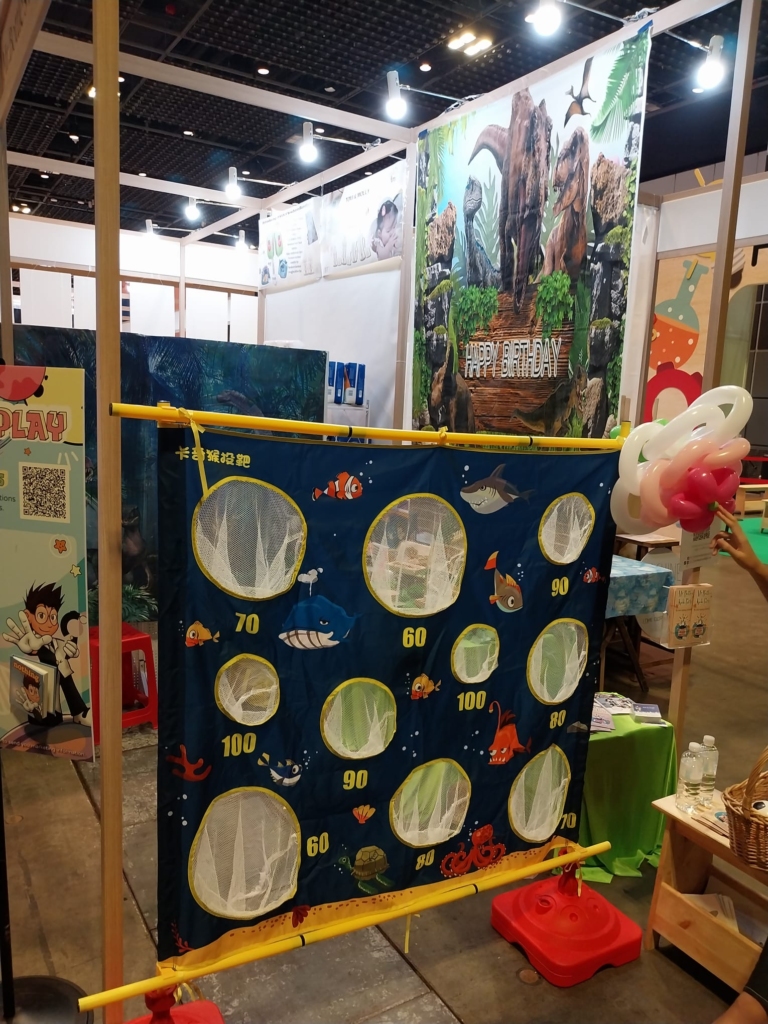
We set up a simple carnival game to have active engagement and interaction for children. This leads to people scanning the QR code without requesting (for data collection).
In line with our core values, we wanted to empower the children to make their own decisions. Hence, instead of giving prizes, we gave ‘money’! Children can choose their own prizes, by buying within their means. They tend to take a long time to make their decision hence, it is a fantastic opportunity to chat with the parents about our services.
Interestingly, we had quite a few upsells in which parents topped up money to buy some of our products! In other words, once you have the traffic, you can sell anything!
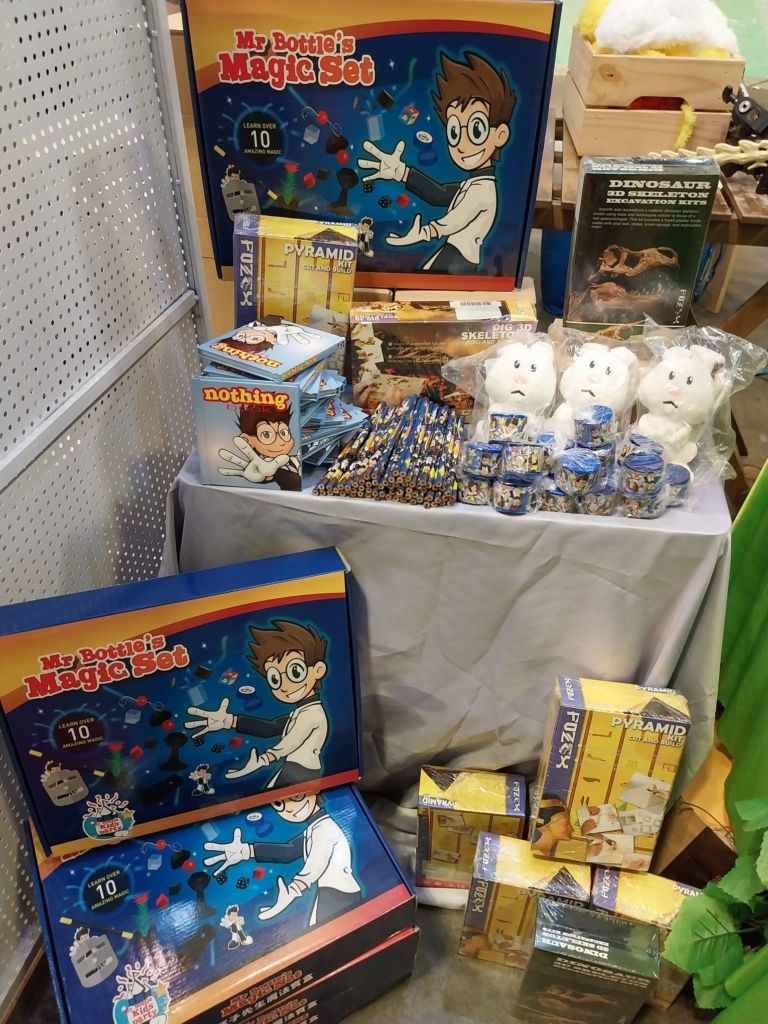
6. People are lazy
Make the process simple enough for everyone to register, play, buy, etc.
In our case, we created a QR code for people to scan. In the QR code, we even pre-written the message for them to fill in the very simple information. We kept to only 2 questions which is enough for us to follow up on their parties in the future.
7. Get a lower rent
If you have a strong social media presence or can value-add to any roadshow with activities to attract crowds, negotiate for lower rent!
Conclusion:
Participating as an exhibitor at kids’ fairs like the Not So Little Fair offers immense potential for businesses to showcase their offerings, engage with a targeted audience, and drive sales.
By adopting strategic approaches to a roadshow such as pre-event preparation, engaging booth design, value-added promotions, active engagement, and post-event follow-up, exhibitors can maximize their ROI and derive long-term benefits from their participation.
So, whether you’re a seasoned exhibitor or new to the scene, remember to unleash your creativity, connect with attendees, and seize every opportunity for success at kids’ fairs!
